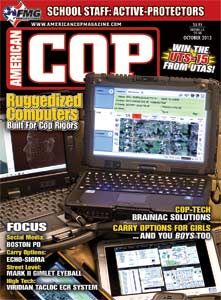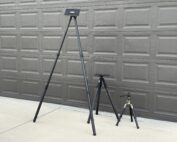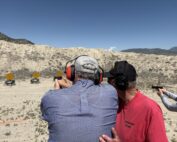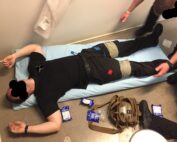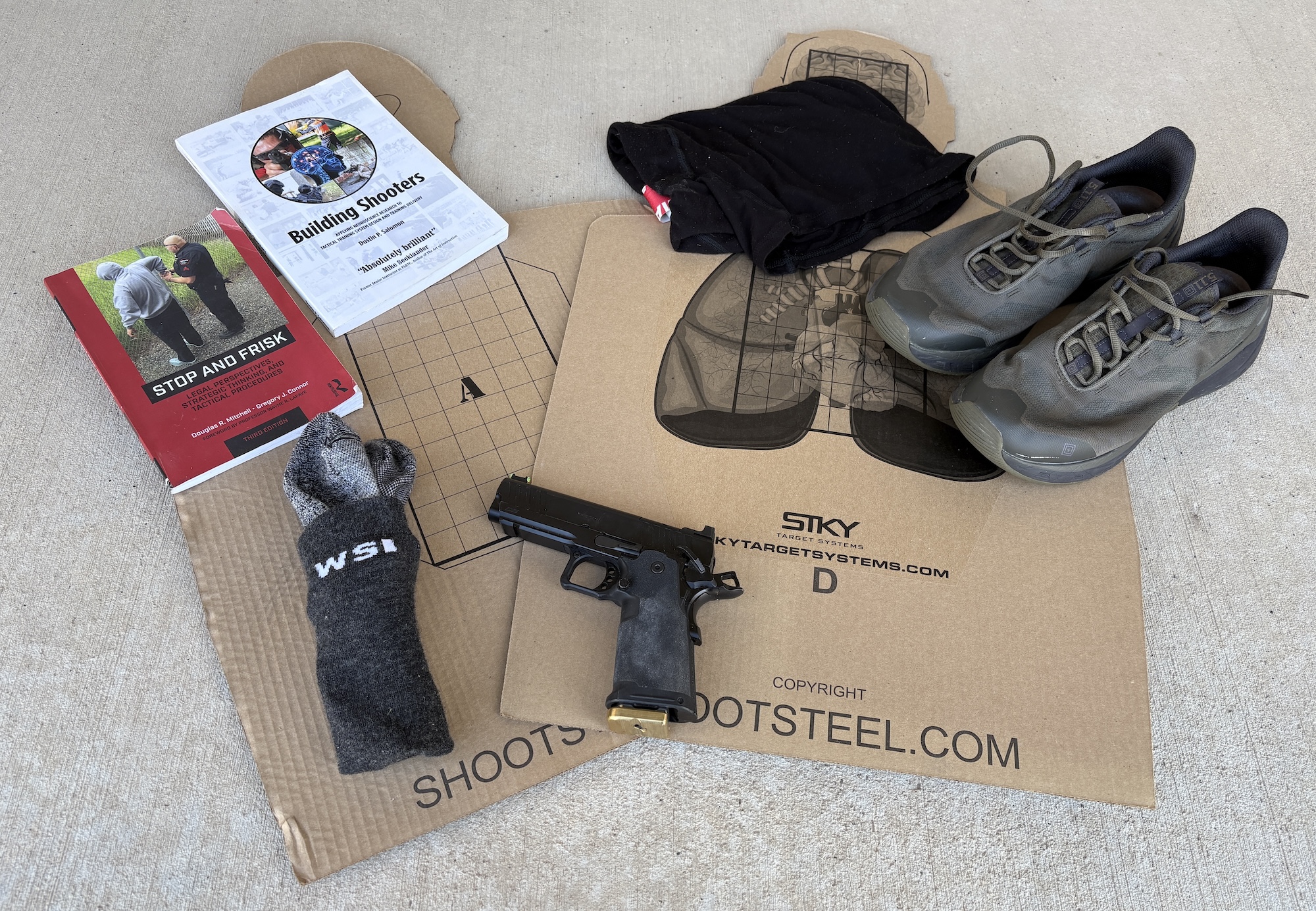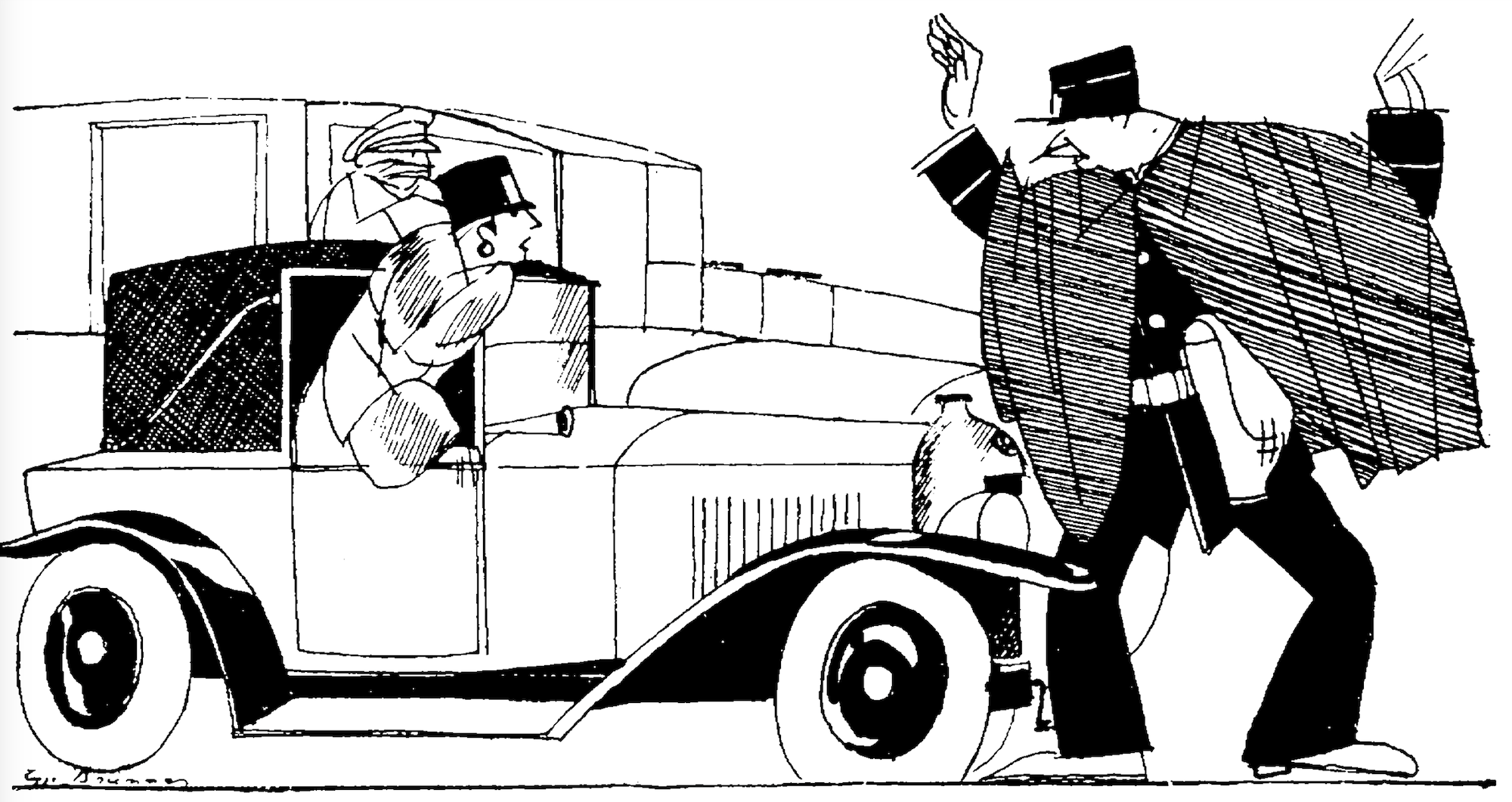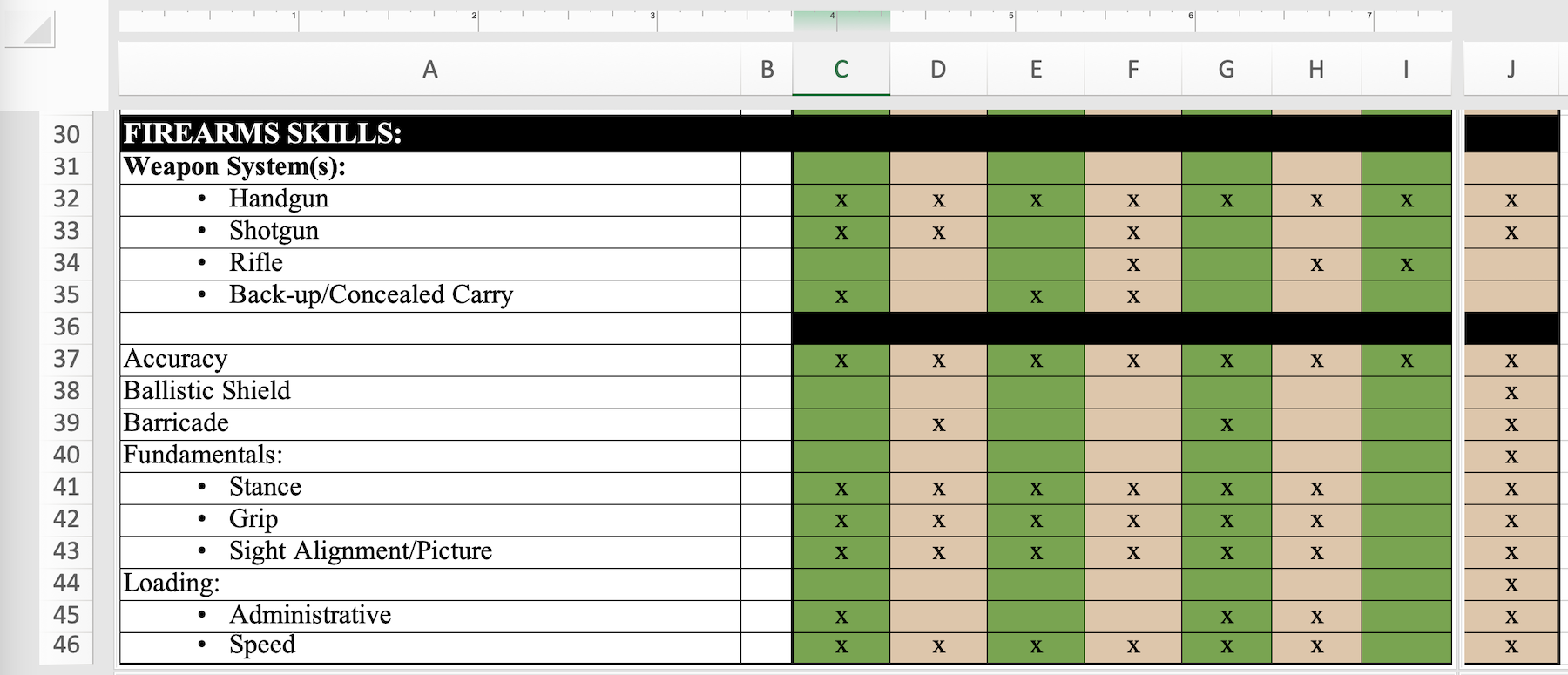
badge
The state in which I live establishes standards for both regular and reserve law enforcement officers and provides one training academy that all full-time peace officers in the state must attend. In terms of training law enforcement personnel other than full-time sworn officers, the specifics are left to the individual agencies. This has, in the case of reserves, community service officers and other “civilian” classifications, resulted in a lack of standardization. It also prevents personnel from adjoining agencies from working effectively with their peers in other jurisdictions (even those with the same job classification) in mutual aid incidents.
Several years ago, the police chiefs and sheriffs in five contiguous counties in the eastern portion of the state collaborated to correct this training and standardization deficiency. Through much negotiation with the state standards and training department, they obtained approval to develop and provide a regional training academy, which initially focused on standardized training for reserve police officers and sheriff’s deputies. This approach has been expanded to include the training of SWAT medics (fire department paramedics assigned to the regional SWAT team) as well as some non-sworn positions such as Community Service Officers.
Keeping It Real(istic)
Because of the perception that I had some time on my hands, I was asked to consider coordinating this regional training effort following its first offering in 2012. I consented, in great measure because I’ve rarely found anything in this profession more satisfying than helping to mold and train those who are our future. In looking over the curriculum used in the first regional academy session, I found it to be both comprehensive and relevant to the duties the graduates would most likely be assigned upon return to their agencies. With input from others I found, however, some of the more important subjects were a bit too theoretical, too CYA (cover-your-ass) oriented and not realistic in what the graduates were likely to encounter on the street.
As a result of our curriculum analysis, we shortened some courses, lengthened others and added some courses, extending the academy by one week. The focus was placed on making the training as realistic and relevant as possible for the reserves and paraprofessionals who would be attending. Feedback has been extremely positive, which we expected it would be, as our training model follows very much the same lines as presented by the various experts who write for this magazine.
Defensive tactics is a critical skill for anyone in our profession. Too often it’s taught not as much from the perspective of keeping our officers safe and injury free, as it is from the perspective of not getting the agency sued. Our course doesn’t teach, advocate or condone excessive force, and it doesn’t focus on a mechanical application of, for example, takedowns following an “A-B-C” step-by-step approach. It focuses on getting the task accomplished as quickly and as humanely as possible. In short, it’s realistic. The same can be said for our approach to firearms training. All the theory in the world is just fine if your goal is to write an instruction manual. If the desired end result is neutralizing a threat, which legally, ethically and morally must be neutralized, realism rather than theory is the order of the day.
Effective Supportive Roles
We included courses to make the part-time professional and paraprofessional personnel more effective in incidents in which their participation is not that of a star player, but is nevertheless critical to the success of the mission. In pursuit of that goal we included the course “Introduction to SWAT”, in which the commander of the regional SWAT team served as instructor. Everyone knows the reserve or paraprofessional’s role in a SWAT incident is most likely going to be somewhere on the outer perimeter. Yet, we also know if said employee fails to do his or her job properly, the end result could be both disastrous and dangerous for those in more critical positions.
Hearing from the SWAT Commander how vital each person’s role is to the success of the overall mission made a positive difference in the students’ self image. It was also helpful for the students to understand what the likely sequence of events might be in a barricaded suspect incident. Knowing in advance, for example, the “pops and bangs” they might hear could be either gunfire or the activation of pyrotechnic distraction devices gave them a realistic view of what to expect.
Those entering our profession today, even through part-time or paraprofessional channels, are smart and discerning people. They often have a pretty good handle on the “textbook” before they ever enter the classroom at our training facilities. What they need and deserve from us as their mentors is a healthy dose of realism.
The author may be contacted with questions, comments, and suggestions for future columns via email at [email protected]
Read More From The Chief Articles
View The American COP October 2013 Issue Now!


 (No Ratings Yet)
(No Ratings Yet)